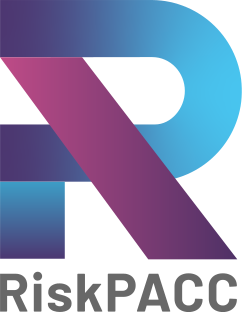RiskPACC 1st Awareness Workshop
On June 27th, RiskPACC organized its 1st Awareness Workshop entitled – Citizens & Civil Protection Interaction: “how to reduce the “Risk Perception Action Gap”
The Workshop, with participants both online and in-presence, had a morning session with the usual welcome and remarks and an introduction provided by the RiskPACC Coordinator Dr. Maike Vollmer.
Maike gave a general overview of the project explaining the state-of-the-art of RiskPACC and the next steps and results.
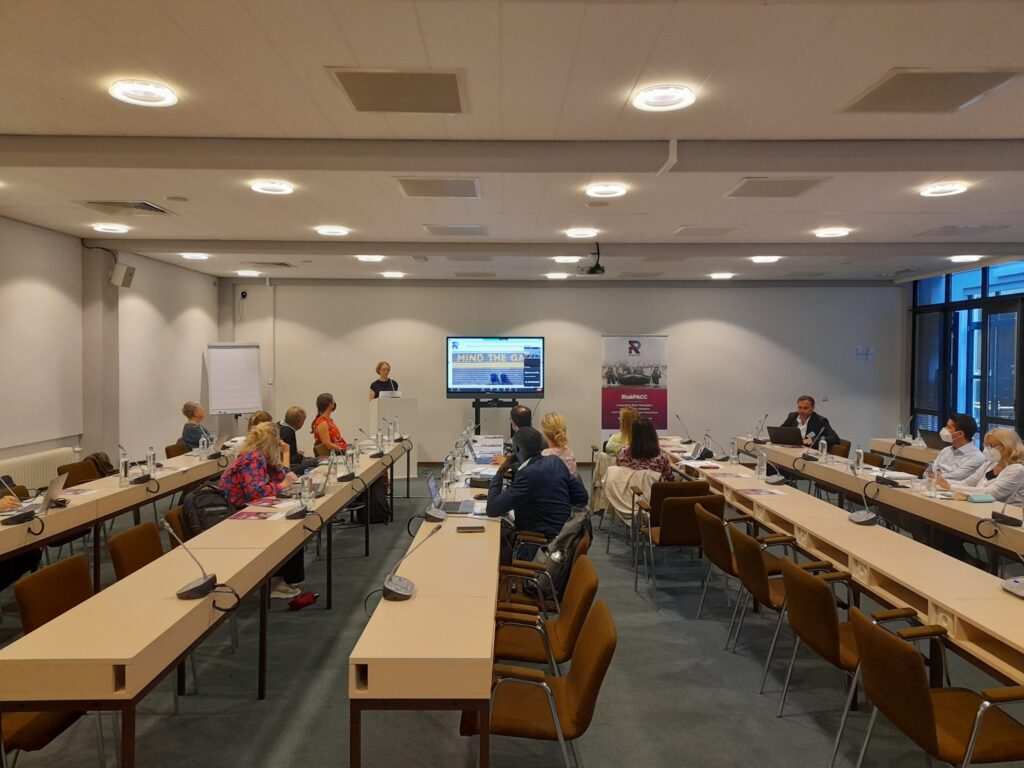
Selby Knudsen, from Trilateral Research and WP1 leader, and Vangelis Pitidis, from University of Warwick and WP2 leader, took then the floor and presented the results, outcomes and achievements of the first 10 months of the project.
Selby conducted the session entitled “Civil protection Perspectives of risk and disaster resilience: initial findings from the RiskPACC project“, presented the methodology (literature review, questionnaires, analysis, gap identification) used In the WP1, the key findings and results achieved.
Vangelis, with his session “Engaging citizens to expand understandings of risks and enhance urban resilience: Initial findings from the case studies of RiskPACC”presented the main outputs and achievement of his Work Package 2.
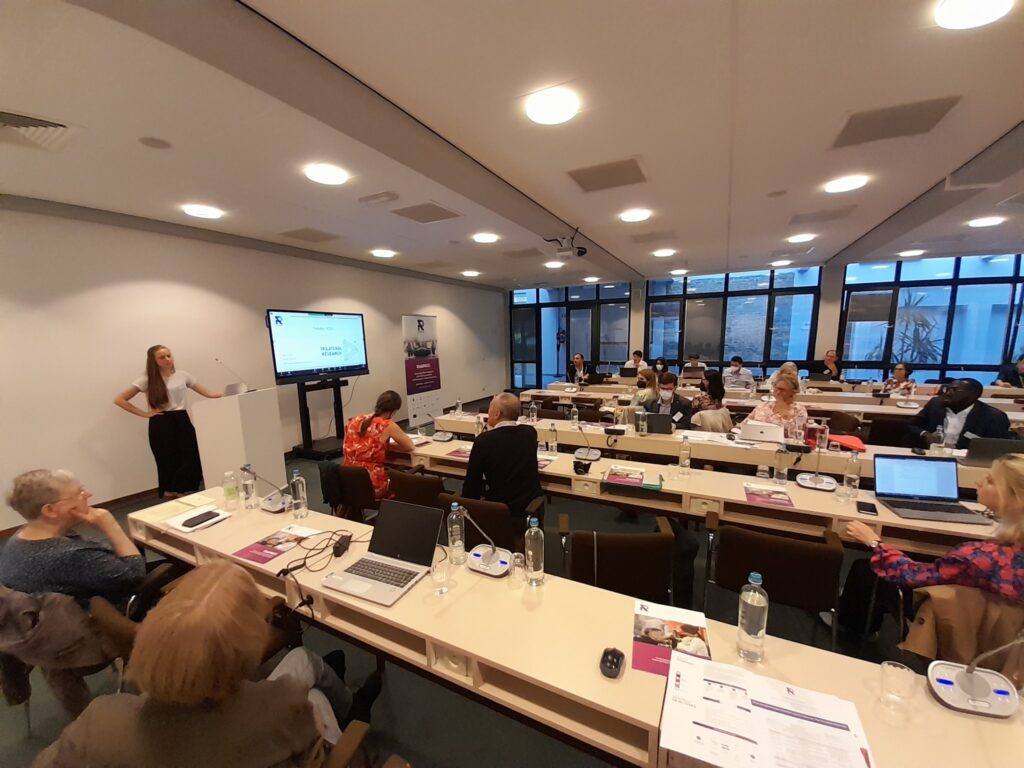
The last part of the morning session has been dedicated to the RiskPACC project sisters.
RiskPACC has five related projects:
LINKS “Strengthening links between technologies and society for European disaster resilience”
RESILOC – Resilient Europe and Societies by Innovating Local Communities
BUILDERS – Building Resilience in Europe
ENGAGE
CORE (sCience& human factOr for Resilient sociEty)
The session started with Sara Bonati from University of Florence and Filippo Giacinti from the European Organisation for Security (EOS). They represented the LINKS Project while Karsten Uhing from Fraunhofer gave a detailed description of the RESILOC Project.
Tor-Olav Naevestad from BUILDERS, Marie-Christine Bonnamour from CORE and Alberto Pasquini from ENGAGE presented important and crucial topics and spotlighted potential connections and relationships between their projects and RiskPACC.
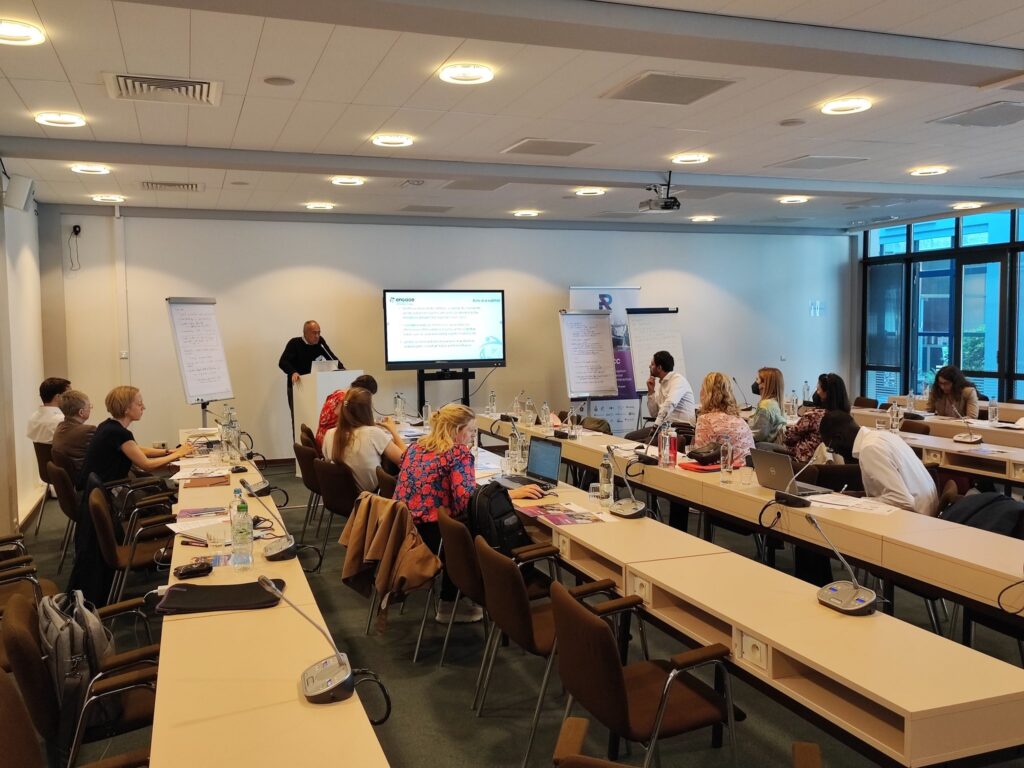
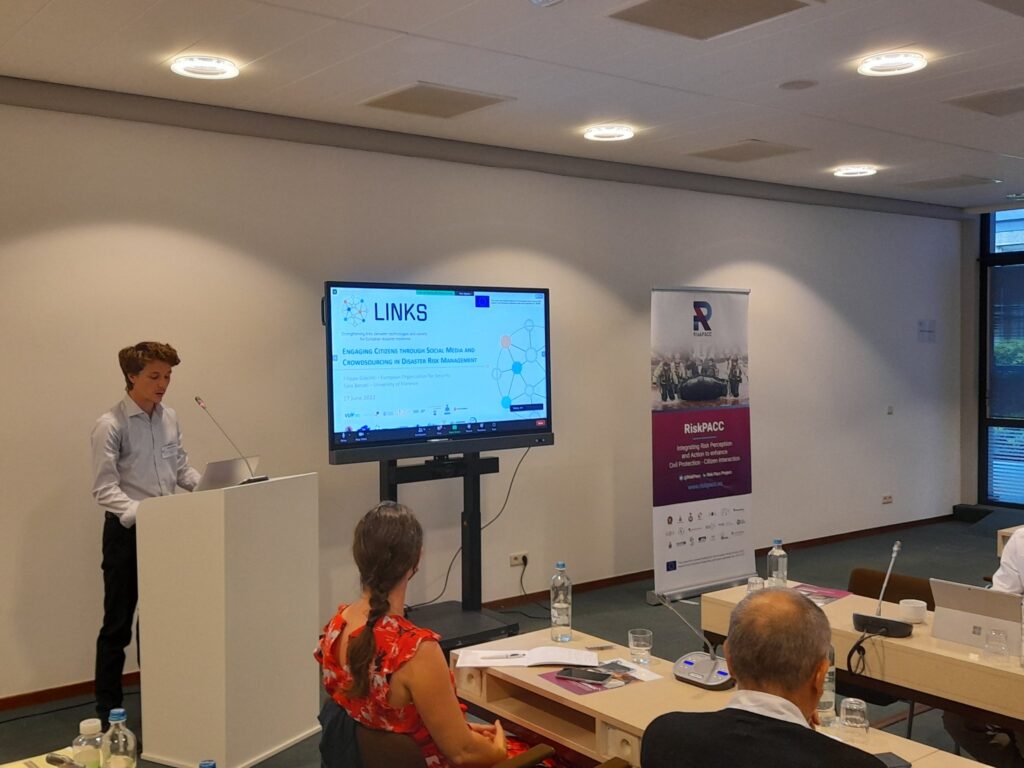
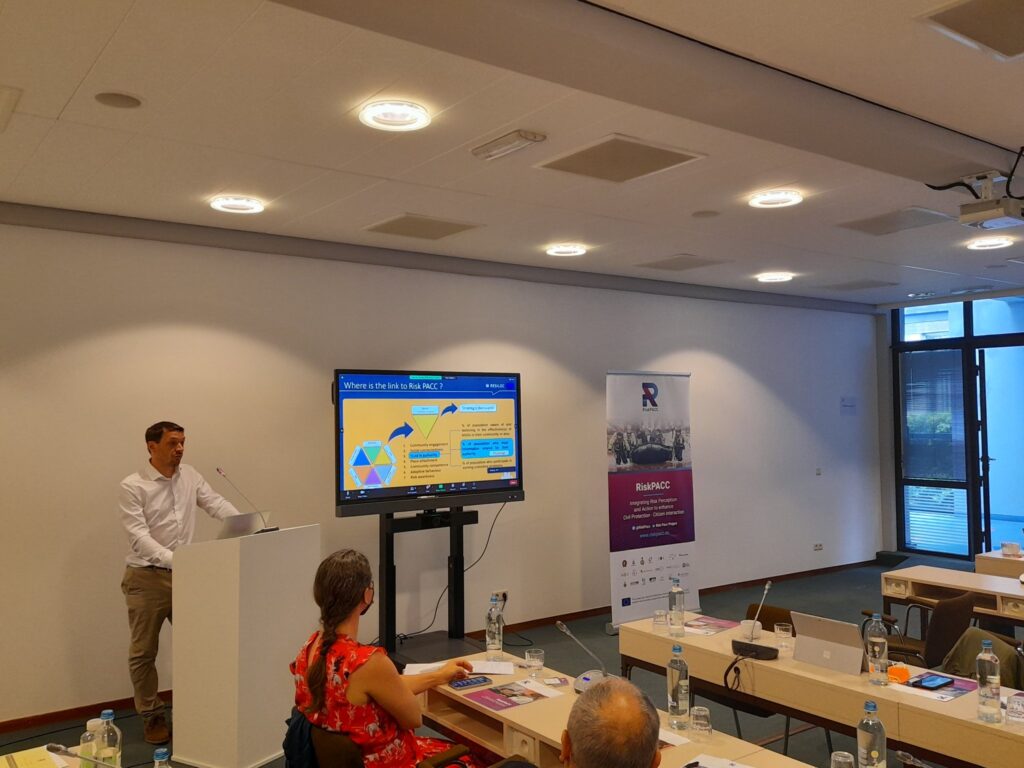
The afternoon session was focused on two different working group sessions.
The first one, led by Maureen Fordham from University College London and WP4 Leader, referred to “challenges in two-way communication to close the Risk Perception Action Gap”.
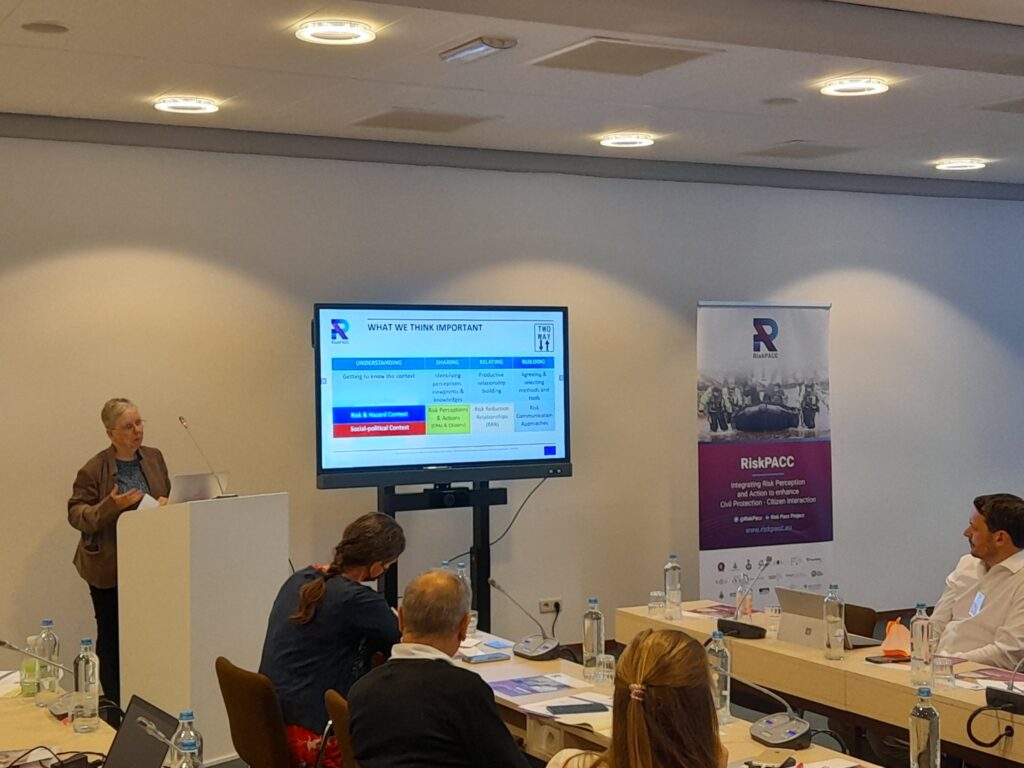
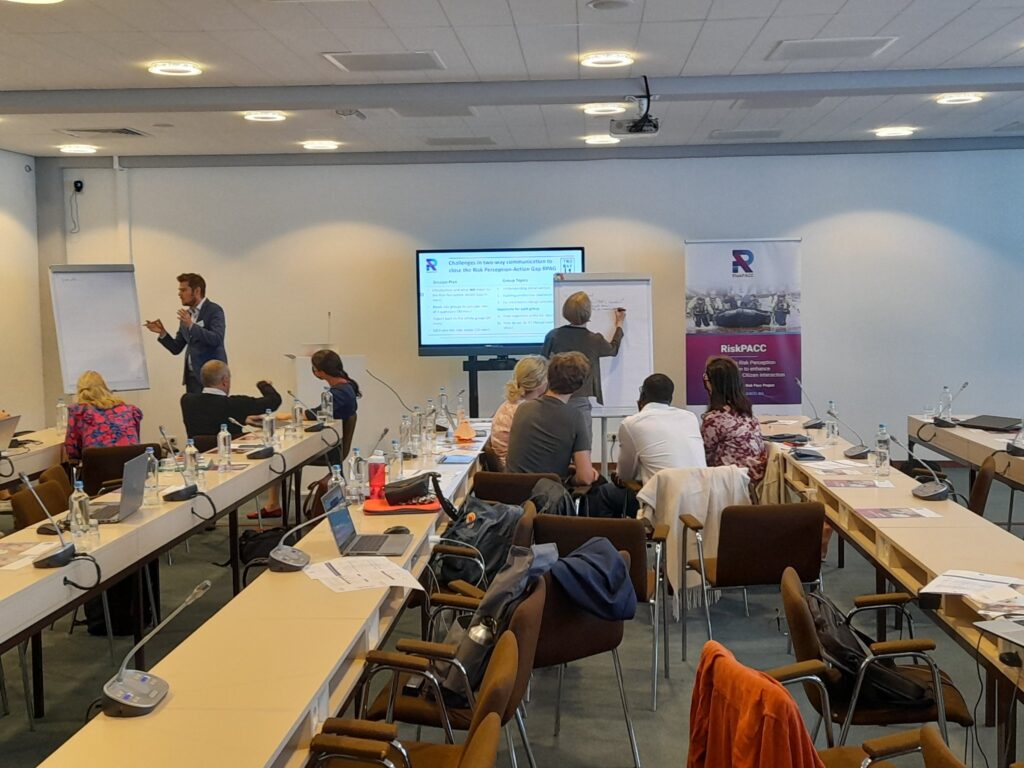
The main goal of the working group was to share ideas about closing the Risk Perception Gap in disaster risk management, what is most important and how to do it and to gain insights to help develop our RiskPACC conceptual and methodological framework.
The second working group session, led by Jeannette Anniés from University of Stuttgart was dedicated to “how technological tools help mitigate the Risk Perception Action Gap”.
The working session had the presence of user stories. They can be seen as an interface between technological solutions and user experience design and they are written to give insights on technological tools and their functionalities, or other concepts. The session saw five different user stories facilitated and moderated by five project partners:
Deborah Hugon, STAM
Michalis Panagiotis, ICCS
Linda Kroesbergen, Public Sonar
Marget Azuma, University of Twente
Jeannette Anniés, University of Stuttgart
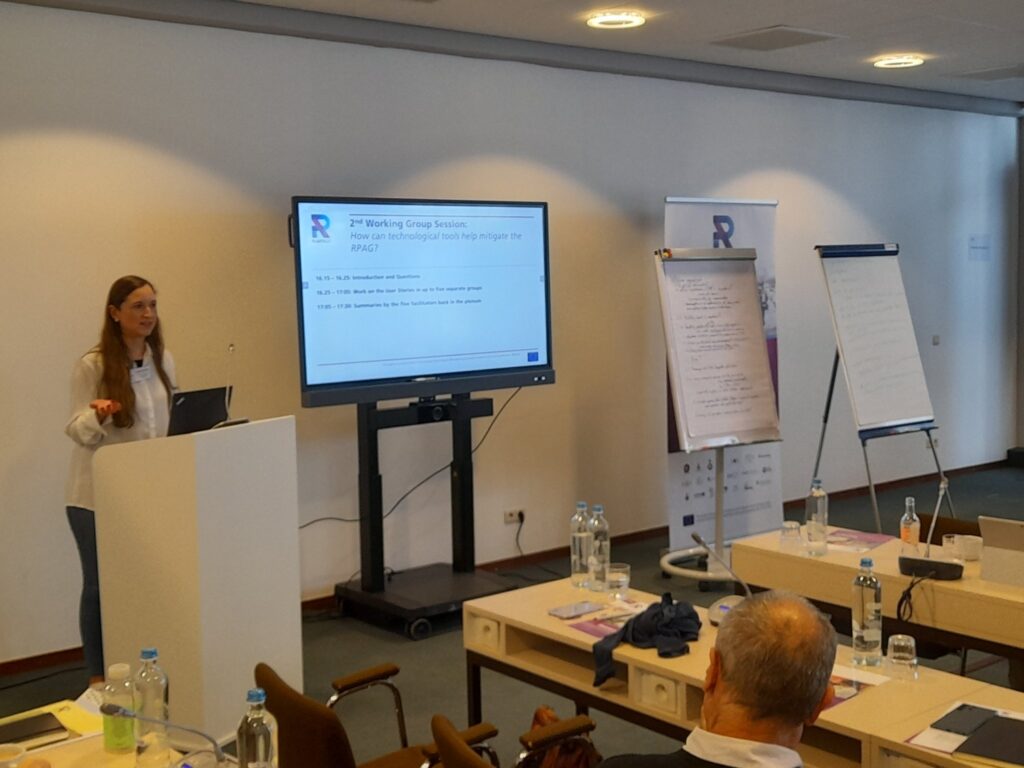
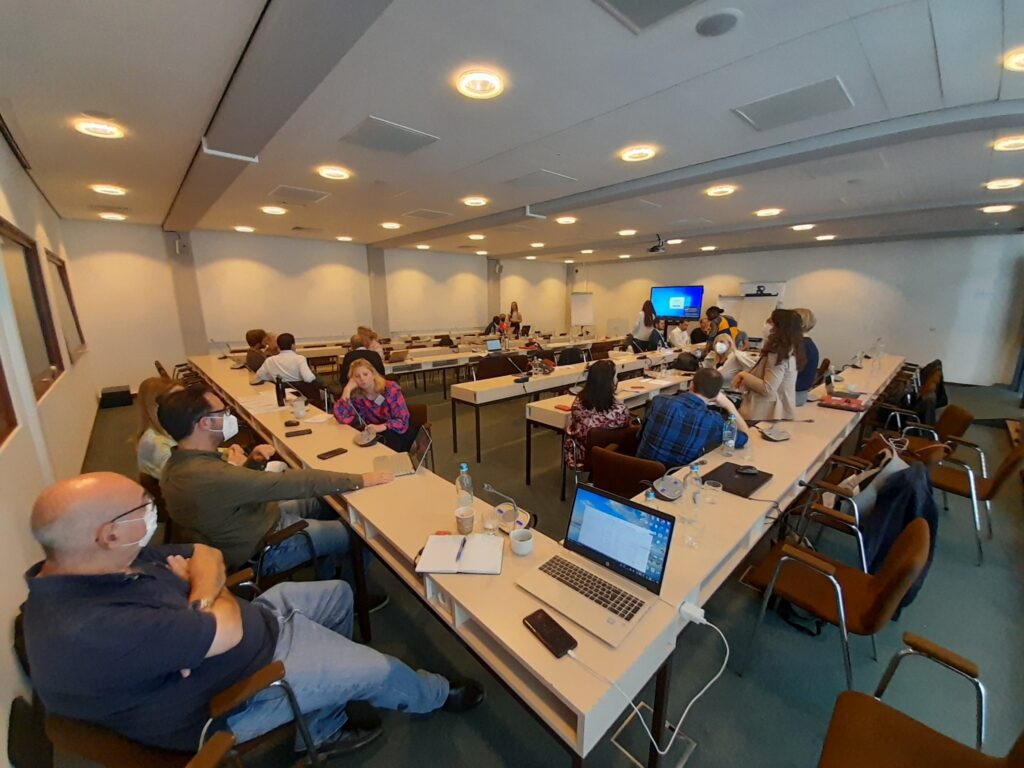
The main aim of the session was to discuss about the user stories and try to find out benefits and disadvantages.
